Speed limiters, often overlooked, play a crucial role in balancing vehicle performance with road safety regulations. This guide delves into what speed limiters are, their functionality, selection process, lifespan, replacement techniques, and cost, providing you with a well-rounded understanding of this vital component.
Table of Contents:
– What is a speed limiter?
– What does a speed limiter do?
– How to choose a speed limiter
– How long do speed limiters last?
– How to replace a speed limiter
– How much are speed limiters?
What is a speed limiter?
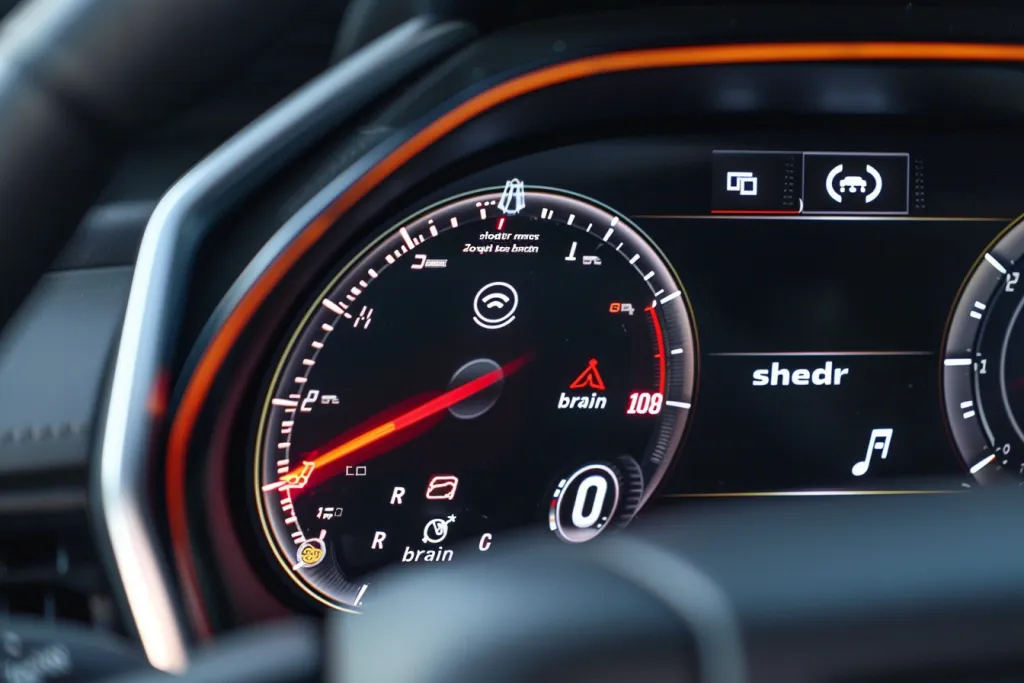
A speed limiter, also known as a governor, is a device integrated into the engine management system of a vehicle to restrict its maximum speed. This component is crucial for ensuring that vehicles adhere to speed regulations, enhancing safety for both the driver and pedestrians. Unlike cruise control, which maintains a vehicle’s speed at a driver-set level, speed limiters cap the top speed, preventing the vehicle from surpassing a predetermined velocity. This technology is widely used in commercial vehicles and is increasingly found in passenger cars, particularly those used in fleets or for novice drivers.
What does a speed limiter do?
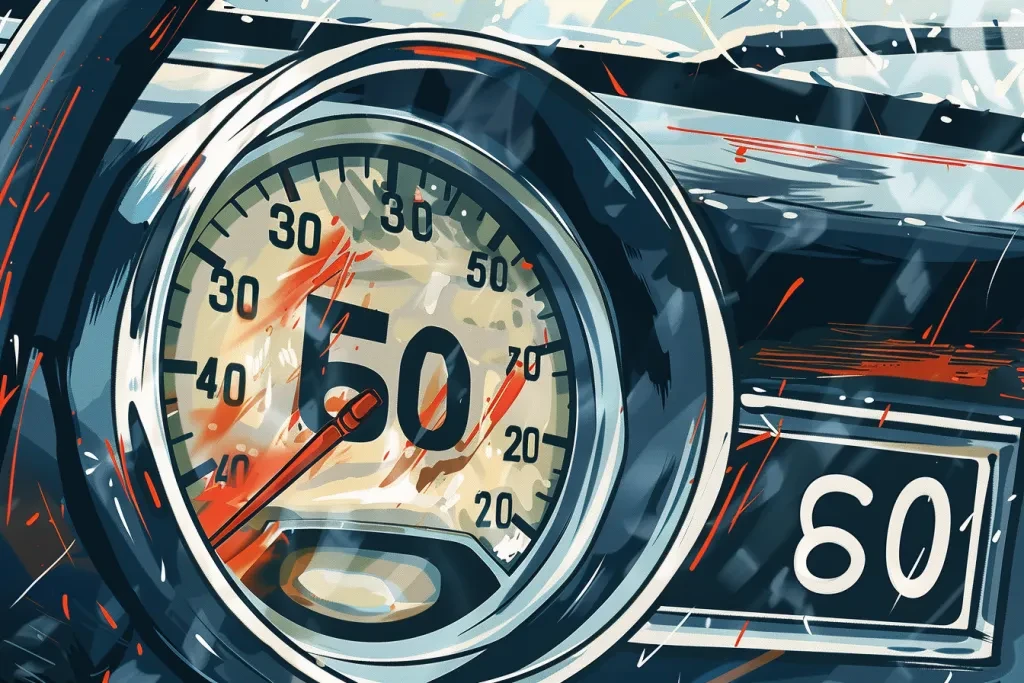
The primary function of a speed limiter is to prevent a vehicle from exceeding a specific speed threshold. It achieves this by electronically interacting with the engine’s control unit (ECU), reducing the fuel supply or retarding the ignition once the vehicle reaches the set speed limit. This ensures compliance with speed regulations, reduces the risk of high-speed accidents, and can lead to improved fuel efficiency due to the moderation of driving speeds. In essence, speed limiters act as a guardian, ensuring that vehicles do not surpass speed limits, thereby enhancing road safety and vehicle efficiency.
How to choose a speed limiter
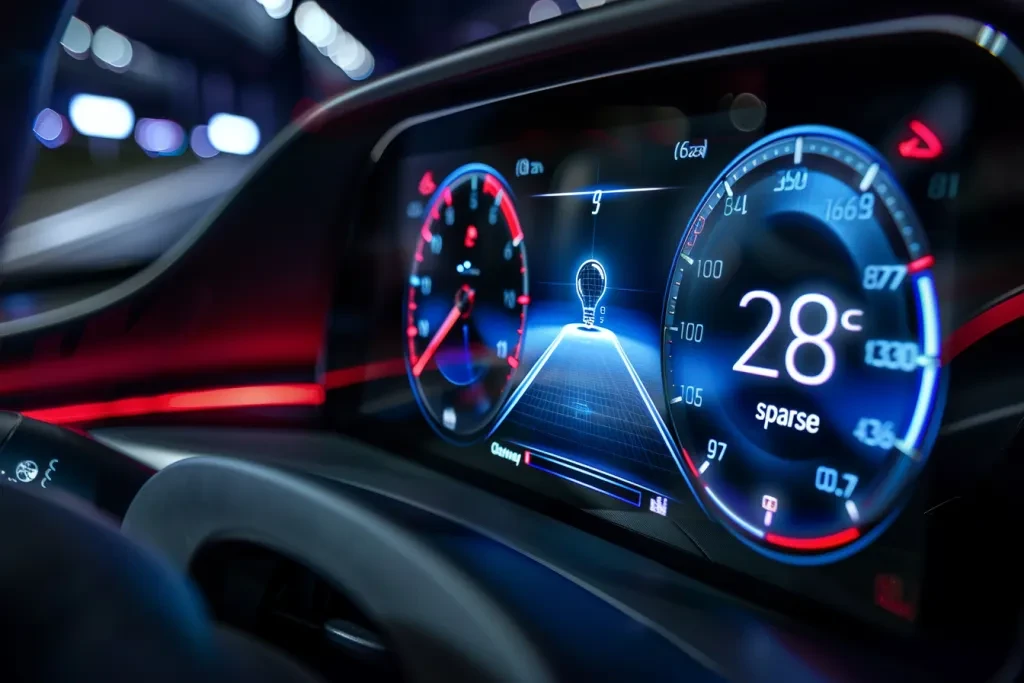
Choosing the right speed limiter involves considering several factors, including the vehicle type, desired maximum speed, and any specific legal requirements. For commercial vehicles, it’s essential to select a limiter that complies with local and international transport regulations. For personal vehicles, the choice may depend on the driver’s preferences or insurance requirements. It’s also crucial to consider the ease of installation and whether the limiter can be adjusted or overridden if necessary. Consulting with a professional can help determine the most suitable speed limiter for your needs, ensuring optimal performance and compliance.
How long do speed limiters last?

The lifespan of a speed limiter largely depends on the quality of the device and the conditions under which it operates. Generally, a well-maintained speed limiter can last the lifetime of the vehicle. However, like any electronic component, it can be susceptible to wear and tear, particularly if frequently overridden or tampered with. Regular maintenance and updates to the vehicle’s software can help ensure the limiter functions correctly, maximizing its lifespan and maintaining vehicle safety and performance.
How to replace a speed limiter
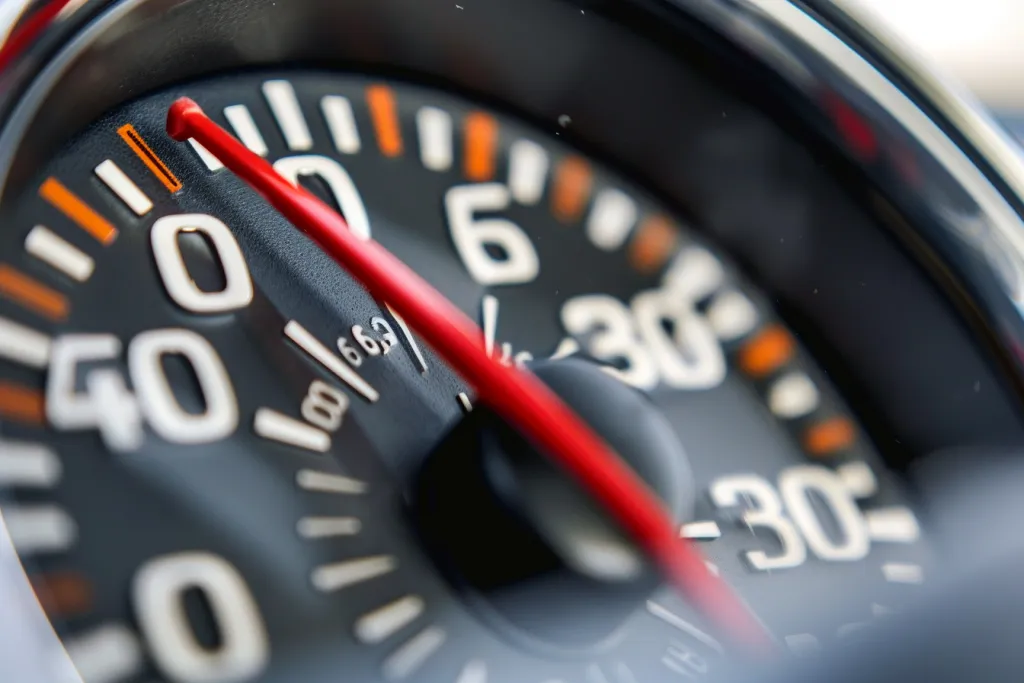
Replacing a speed limiter is a task that typically requires professional expertise, as it involves interfacing with the vehicle’s engine management system. The process includes removing the old device, installing the new limiter, and programming it to the desired speed limit. It’s crucial to ensure that the replacement speed limiter is compatible with the vehicle’s make and model and meets any regulatory requirements. Due to the technical nature of this task, it’s recommended to have the replacement performed by a qualified technician or an authorized service center.
How much are speed limiters?
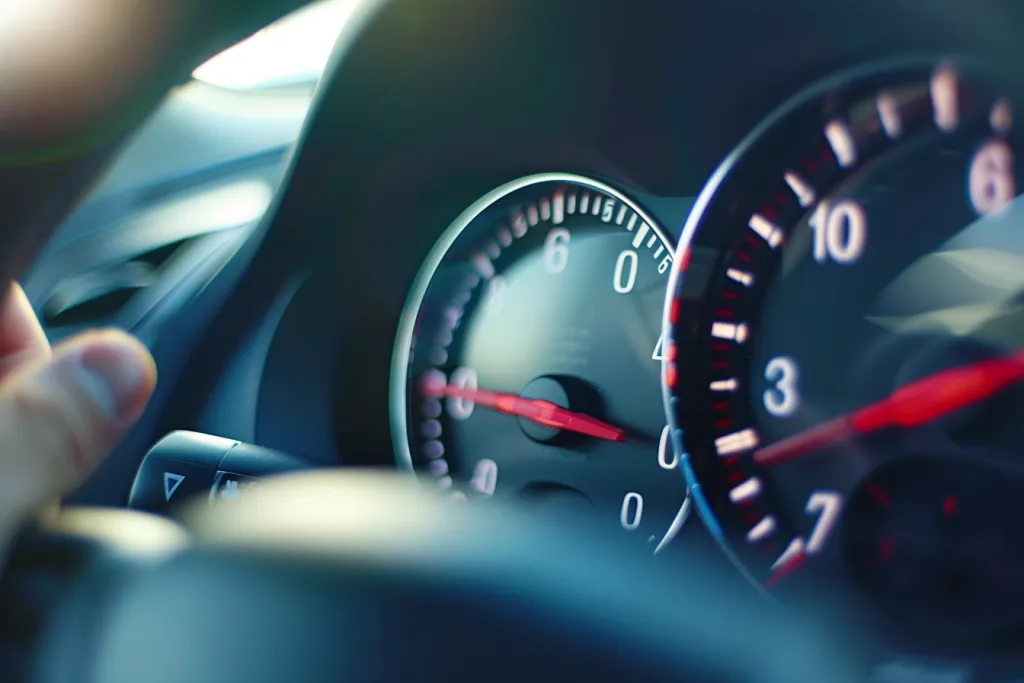
The cost of a speed limiter can vary widely depending on the type, vehicle compatibility, and installation requirements. Basic models for personal vehicles may start at a few hundred dollars, while advanced systems for commercial fleets can run into the thousands. Installation costs can also vary, especially if the vehicle requires specific adaptations or software updates to accommodate the new limiter. When considering the cost, it’s also important to factor in the potential savings on insurance premiums and fuel efficiency, making a speed limiter a worthwhile investment for many drivers and fleet owners.
Conclusion:
Speed limiters serve as a critical bridge between vehicle performance and road safety, ensuring that drivers adhere to speed regulations while optimizing fuel efficiency. Understanding the functionality, selection process, lifespan, replacement techniques, and costs associated with speed limiters can help vehicle owners make informed decisions about this essential component. Whether for personal use or commercial fleets, a well-chosen speed limiter can contribute significantly to safer and more efficient driving experiences.




